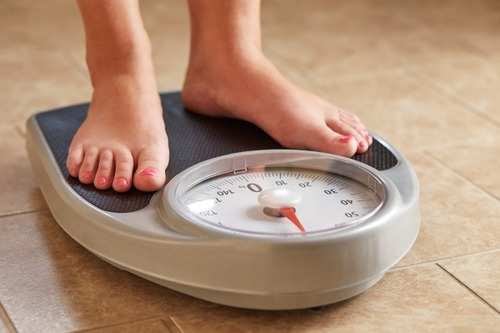Weight Loss Vs Fat Loss: What’s The Difference And What Should You Aim For?
If you have ever thought of staying in shape, we are sure you have pondered the terms weight loss and fat loss.
While both weight and fat loss are crucial in their own ways and are used interchangeably, they have different meanings.
Put simply, weight loss refers to the overall drop in the overall kilo weight, including the weight that you stand to lose out as water weight, fat and muscle.
On the other hand, fat loss refers to a percentile, specific drop in the body fat levels, or, in a way, means weight loss from fat and works as a more specific goal.
Both the terms are relatively important to losing weight, but determining what your priority needs may be could help you reach your goals faster and achieve the transformation you want.
3. Why losing fat isn't the same as losing weight?
One of the prime reasons why fat loss and weight loss are used interchangeably is that most people trying to lose weight aim to lose body fat in the process. However, losing body fat isn't the same as weight loss in itself.
Secondly, unlike weight loss, or a kilo-wise reduction, fat loss cannot be mapped using a weighing scale. It is for the same reason that many experts point out that seeing the number on the scale isn't a true marker or whether you are losing fat, muscle and in what exact way.
Weight loss can be on the top of your goal, but for healthier body composition, fat loss is the one you should be aiming for.
Weight loss, in its entirety, could also include water and muscle loss, which may be detrimental to overall health. On the other hand, emphasizing fat loss over weight loss can help decrease the risks associated with chronic diseases, inflammation, reduce muscle mass loss and help you maintain the loss as well.
Aiming to achieve fat loss could also help get rid of excess fat, which is potentially dangerous, but also maintains lean tissue growth. Muscle tissues additionally, also help provide strength, agility and burn more calories, even at rest.
Fat loss reduction could also aim at minimizing visceral fat levels in the body, which is the most harmful kind of fat.
Overall, focussing on fat loss helps promote better body function and vitality, in comparison to weight loss.
5. How can you track fat loss?
Relying on a weighing scale alone may not work as an accurate detector of how much fat you are really losing, or determine the muscle mass you have.
However, using more accurate means of detection, such as a body fat scale can help measure your body fat percentage and accordingly guide you towards the steps you need to be taking. Using tools like skinfold capers can also help you understand body fat composition. However, it should be noted that these tools can take time before you adapt to them.
Some people also believe that using a simple waist-tape to check your circumference is also easier, and a better way to start tracking your fat loss.
6. How to lose fat and maintain muscle mass
Once you become focussed on fat loss, the next steps should be concentrated on finding ways that support the loss and maintenance of muscle mass.
Some of the hacks that work towards promoting fat loss can also backfire if you don't strategise well.
However, apart from working out regularly, there are also a few other ways to ensure that you are losing weight in the form of fat and at the same time, conserving muscle mass:
-Make sure you have ample protein, preferably in every meal
-Eat fewer calories and aim to reach a calorie deficit
-Focus on intensive exercise forms such as cardio and weight training.
If you are concentrating on losing weight (body fat), aim at reducing 500-700 grams of weight every week.














Post a Comment